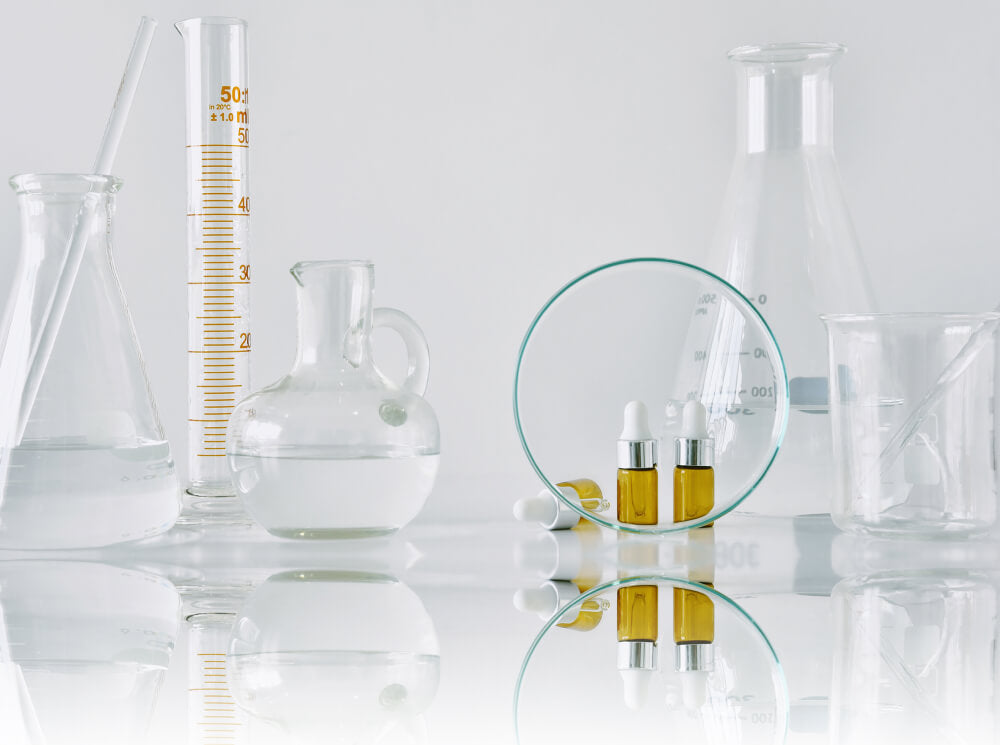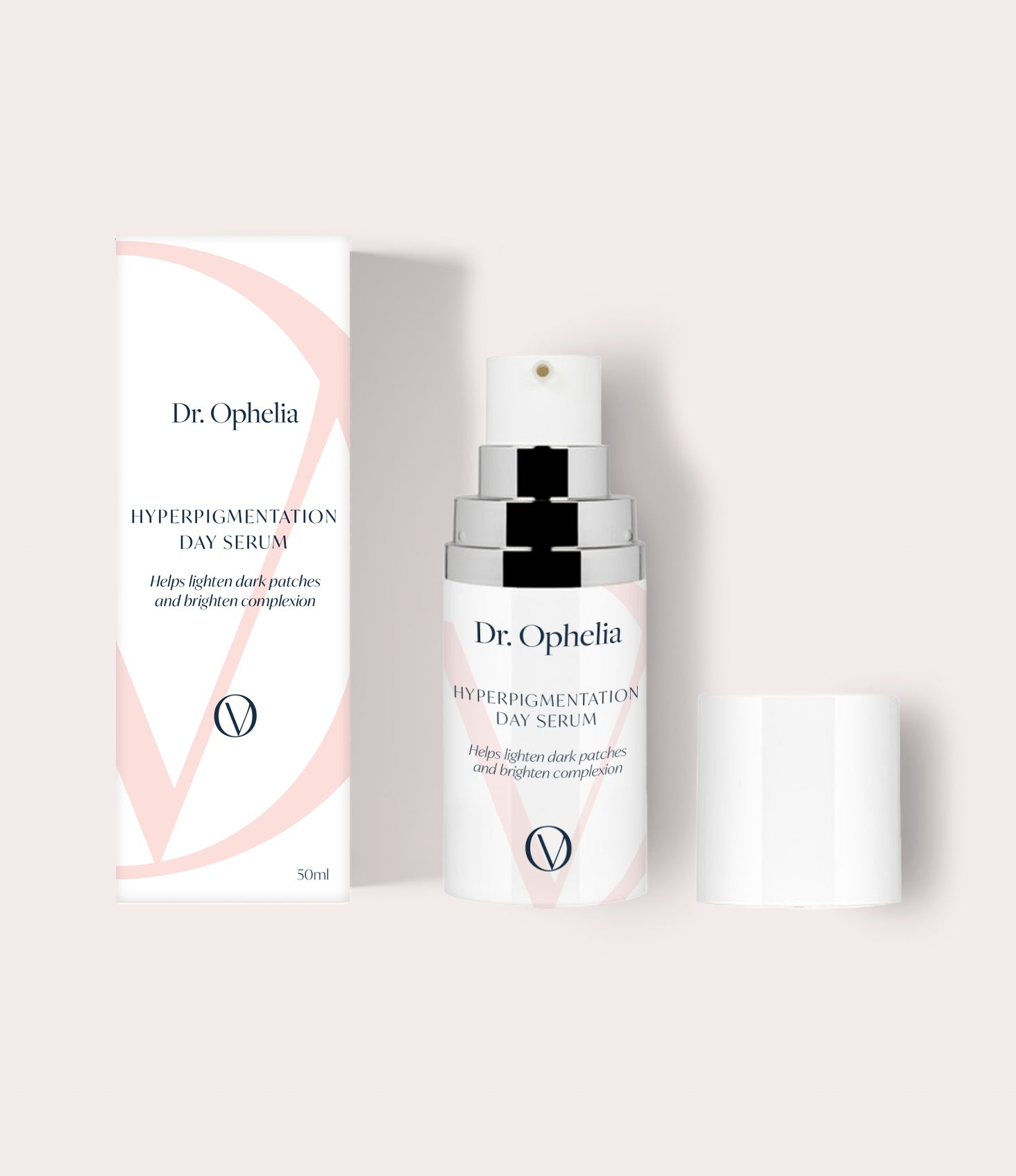
Melanoma skin cancer cases are rising and how my diagnosis nearly 20 years ago makes me still vigilant about protecting my skin today
Last month, Cancer Research UK released research that said melanoma skin cancer cases are set to surpass 20,000 for the first time this year. The charity predicts 2024 will see a record of 20,800 people diagnosed with melanoma. This increase is largely driven by people aged in their late 50’s and over who took full advantage of the boom in holidays to sunny destinations in the 60’s, 70’s and 80’s. In fact the biggest increase in diagnoses is in those aged 80 and over, which is up by 57 percent in 10 years.
It’s a scary and sobering thought for me as I was diagnosed with a malignant melanoma 17 years ago just after the birth of my daughter. Growing up in the 70’s with every long summer spent in Italy, bronzed skin and bikinis equalled glamour and was very much on my radar as a teen. I remember my Mum’s Harpers and Queen magazines full of bronzed bikini clad figures which myself and my cousins looked at with envy. Even my favourite Hawaian themed Barbie came with a bikini, sunglasses and deep tan. Tanning was very much part of my life and that of all my Italian cousins too.
Regrettably, I was also a sunbed user in my teens. How I wish I’d known then what we know now as I was blissfully unaware that the risk of developing a melanoma is increased by 75% if you use sunbeds before 35 years of age. I agree with Dr Ophelia who is unequivocal saying “sunbeds should be banned” and I’m shocked by photos this year on Instagram of Kim Kardashian photographed on her own sunbed (albeit for psoriasis treatment). I’m also shocked by recent studies from the self-tan brand Vita Liberata who found that 1 in 3 of women questioned said they’d continue to use a sunbed despite knowing the risks.
Alyson Hogg, founder of Vita Liberata who commissioned this research says, ‘more people develop skin cancer because of indoor tanning than develop lung cancer through smoking which explains why the World Health Organisation re-classified sunbeds to the highest cancer risk category as cigarettes.’
Hogg wants public health warnings put on sunbeds, like those found on cigarettes. England and Wales prohibited commercial sunbed use among under 18-year-olds in 2011 but Hogg believes further action is needed. Australia, Brazil and Iran have outright banned indoor tanning services, whilst other countries have introduced tougher restrictions such as supervised access and stricter licencing and training for staff.
My own wakeup call came in my mid 30’s lying on a Harley Street clinic bed when my dermatologist (now retired) Dr Anthony du Vivier suggested I say a prayer to St Jude after removing a tiny mole from above my right ankle. I had noticed in the shower that a shadow had formed around the mole and it was getting larger. I’d shown my husband a couple of nights before who had insisted I go straight to Dr du Vivier, as my sister-in-law had been diagnosed with a malignant melanoma 6 months previously.
Days later, the results came back with the news that my mole was indeed a malignant melanoma, the deadliest form of skin cancer. It was terrifying and seemed to be made worse as I’d recently given birth to my daughter. I was terrified I may not be around for her and my two-year old toddler son. Well thank God I am as luckily the mole had been detected extremely early and nothing had spread to anywhere else in my body. I had to see a plastic surgeon to have more skin removed and then check-ups every three month, then six months, and finally annual check-ups.
As I discovered, there is no such thing as a safe tan. Dr Ophelia explains, “sun damage is cumulative. Every bit of sun exposure our skin receives increases our risk for skin cancer.” Although many of us still associate a tan with being healthy, a tan is actually a sign that our skin has been harmed by UV radiation and is trying to defend itself against further UV damage.
How do skin cancer cells form? When UV light hits the surface of the skin it creates free radicals. If you accumulate enough free radicals they start to affect how your DNA replicates. Eventually the DNA can replicate abnormally and that’s how you get pre-cancerous cells that can, with enough exposure turn into cancerous cells.
Of course, it’s important not to be over anxious thinking that just walking around during the summer months or on holiday can result in skin cancer, but just be sensible about always wearing sufficient SPF every day of the year on the face and especially on holiday. And be aware of your moles and any changes to them.
Melanoma has risen faster than any other cancer in Britain. One in 36 men and one in 47 women will be diagnosed with melamoma during their lifetime. Wearing SPF daily (even during the winter months, as UVA rays are present even on a cloudy day) and especially during the summer months when there are more UVB rays, will help protect you.
Who is at risk of developing skin cancer? I definitely ticked many of the boxes. Fair skin, blue or green eyes, previous use of sunbeds. But one of the scariest warnings is that one blistering sunburn as a child or teen can double your risk for developing melanoma in later life.
We still go on family beach holidays, but I don’t sunbathe, wear more kaftans and am vigilant as I can about wearing a good SPF50. I wear it every day of the year on my face in London too. And on holiday, I’ll always use self-tan on legs and arms as I still like the look of bronzed skin.
Coolibar clothing is also good brand to know about as they make sun protective clothing which can be helpful especially if you’ve had a previous skin cancer or have fair skin. They have some really great hats and gardening/ driving gloves (as UV rays penetrate through glass).
And it goes without saying that aside from wearing sufficient SPF, the most important thing we can do is to keep a check of our moles by visiting a consultant dermatologist. I go every year (or more if I see something I don’t like the look of).
It’s good to note the ABCDE checklist too and book an appointment with your doctor or dermatologist if you notice any of the following changes when looking at your moles:
A - aysmmetry, B - border, C – colour, D – diameter, E – evolving. And it’s also good to remember the ‘ugly duckling’ rule which is that if a mole suddenly looks different to surrounding moles, then have it checked.
Phones are so helpful as simply sending a photo of a mole I don’t like the look of to my dermatologist can often calm a panicky moment.
By Lucia Ferrari
Shop Bestsellers















1 comment
Male health medicines in Pakistan are becoming increasingly popular as awareness about men’s wellness grows. From supplements for energy and stamina to treatments for erectile dysfunction, various options are now available, including herbal remedies like Unani and modern pharmaceutical products. However, it is essential to buy from trusted sources to avoid counterfeit products. Consulting a healthcare professional before starting any medication ensures safe and effective results. A balanced lifestyle, along with the right treatments, plays a crucial role in maintaining long-term health and vitality.
male health medicines in pakistan
stella
Leave a comment
This site is protected by hCaptcha and the hCaptcha Privacy Policy and Terms of Service apply.